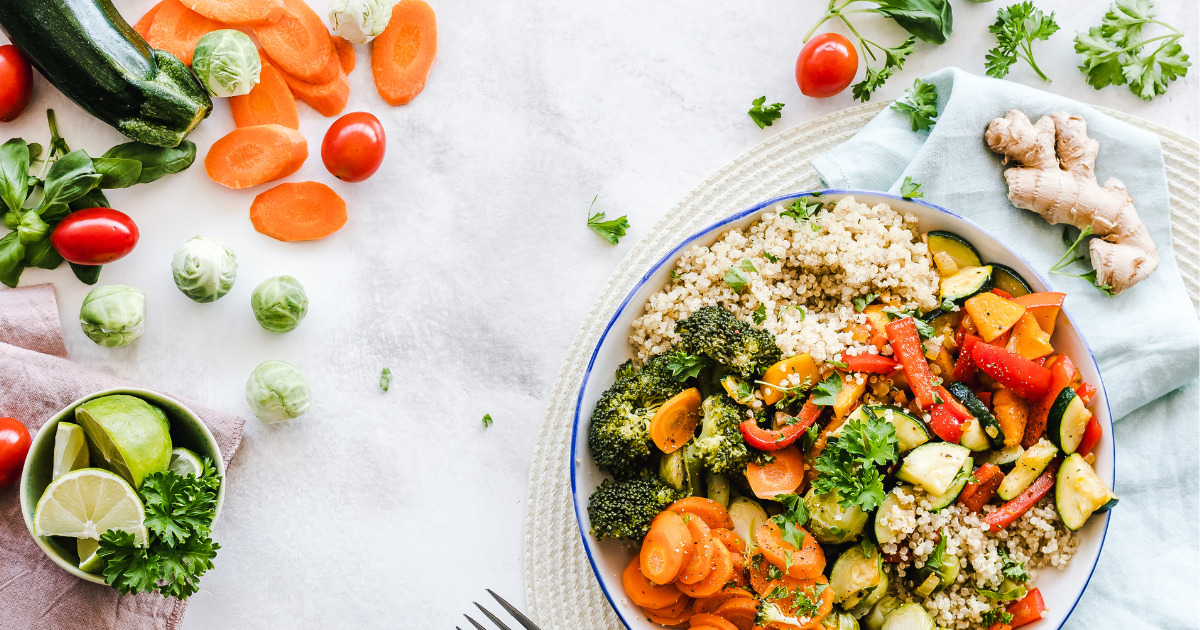5 Tips to Boost Your Salad
It’s a common misconception that having a salad is always the healthier option. For many, salad is comprised of iceberg lettuce, anemic tomato slices, shredded yellow cheese, and Ranch dressing.
If you can relate, it’s time for a reboot. Here are some tips to get you started.

Joy Zacharia, RD/LDN | joy.zacharia@hcsgcorp.com
“Being a dietitian is more empowering than ever before. As we now know, food is medicine, thus a healthy diet signifies longevity.”
Joy Zacharia has been a Registered Dietitian with Healthcare Services Group for over 12 years. She started her career in the hospital setting as Outpatient Dietitian. Joy later switched gears and accepted a food editor position with Southern Living magazine and later with Cooking Light where she sharpened her culinary skills and collaborated with chefs, other editors, photographers, and food stylists. Her love of multicultural cuisines comes from a colorful ethnic background. Joy was born in New York City, and grew up in Puerto Rico, Mexico City, and Florida, where her family settled. She learned to cook Turkish, Greek, Puerto Rican, and Mexican food, which resulted in a hunger for learning more about food and nutrition science. Joy aspires to stay on top of food and nutrition trends and share that knowledge with residents, friends, and family.









